A Pest With a Passion for Prickly Pear Cactus
Tuesday, July 17th, 2018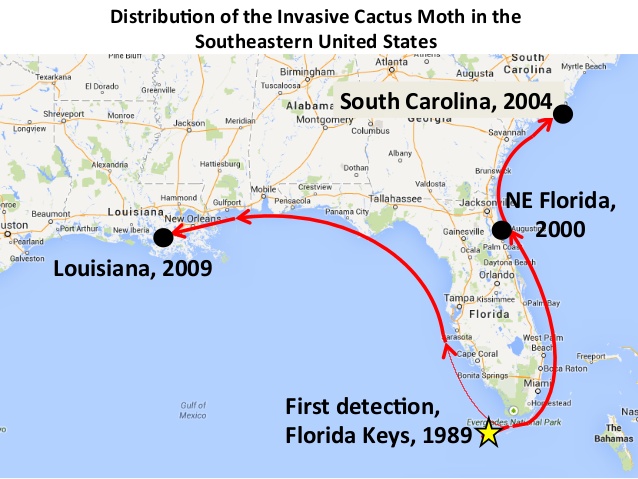
Map from presentation by Kristen Sauby, from her presentation to the Ecological Society of America Annual Meeting.
This is Passport to Texas
There’s a moth making its way to Texas from Florida whose larvae feed exclusively on prickly pear cactus.
The cactus moth has proven to be a really effective eradicator of prickly pear.
Invertebrate biologist, Michael Warriner, says Australian officials imported the cactus moth—a South American native—in the mid-1920s as a biological control against the coastal prickly pear; a nonnative species they had imported in the early 1800s.
And over a few years, it didn’t totally eliminate it, but it reduced it substantially. So, it’s proven to be one of the most successful biological control agents, as far as insects go.
The moth, discovered in the Florida Keys in 1989, may have arrived on imported prickly pears, and since then has spread up to South Carolina and over to Louisiana.
So, the concern is that if it makes it to the southwestern United States and Mexico that it could have a similar impact and eradicate or reduce prickly pear; and the fact is that—for Mexico especially—prickly pear is a major agricultural commodity in the tens of millions of dollars in terms of value. And it’s worth millions of dollars in the US, too: for agriculture and biodiversity and landscaping.
Tomorrow: How to identify and prevent the spread of the cactus moth.
The Wildlife Restoration program supports our series.
For Texas Parks and Wildlife…I’m Cecilia Nasti

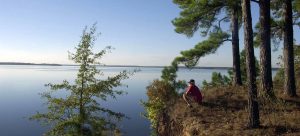
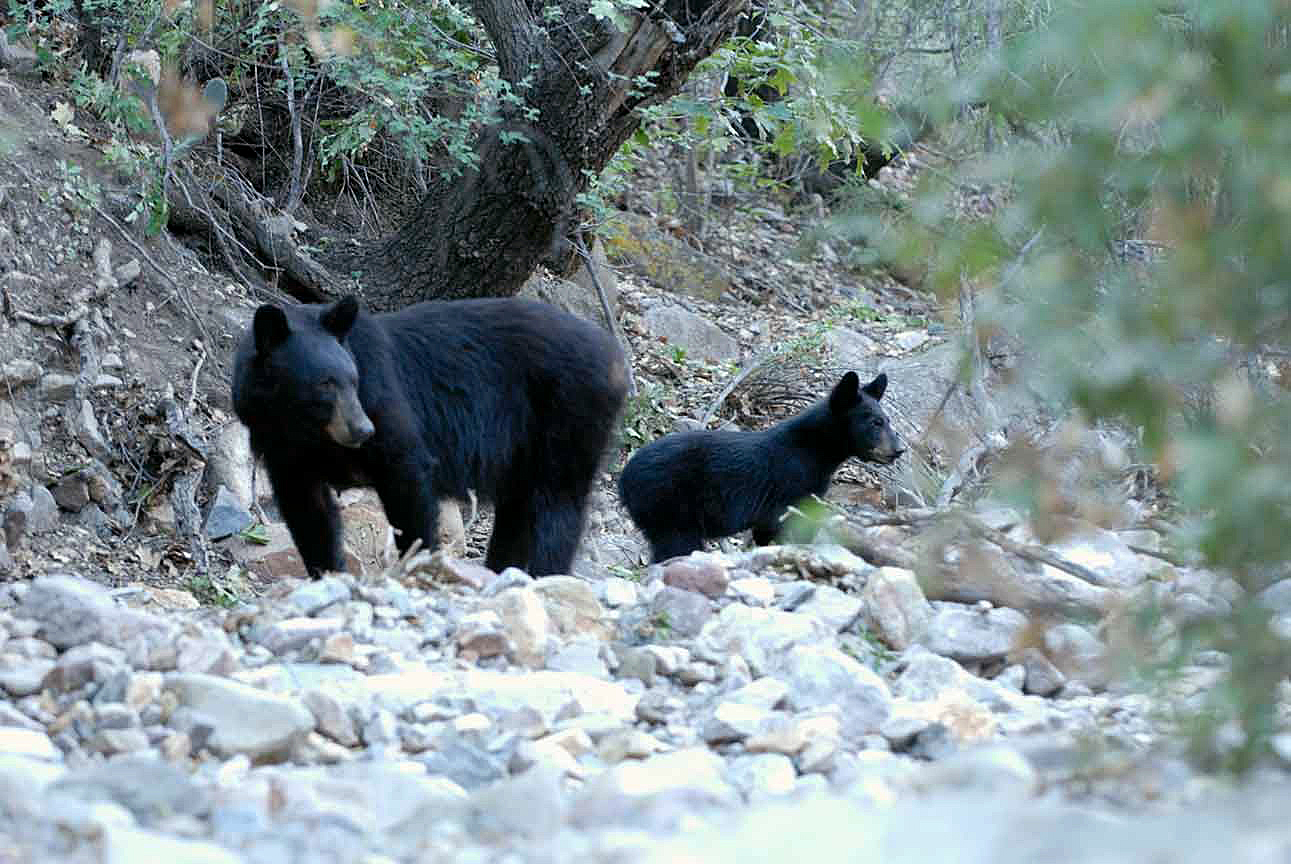
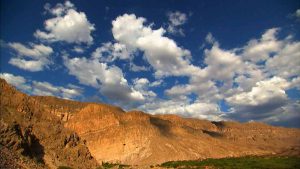
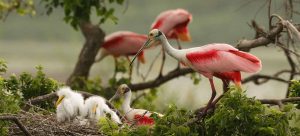

 Passport to Texas is a
Passport to Texas is a  Passport to Texas is made available by:
Passport to Texas is made available by: